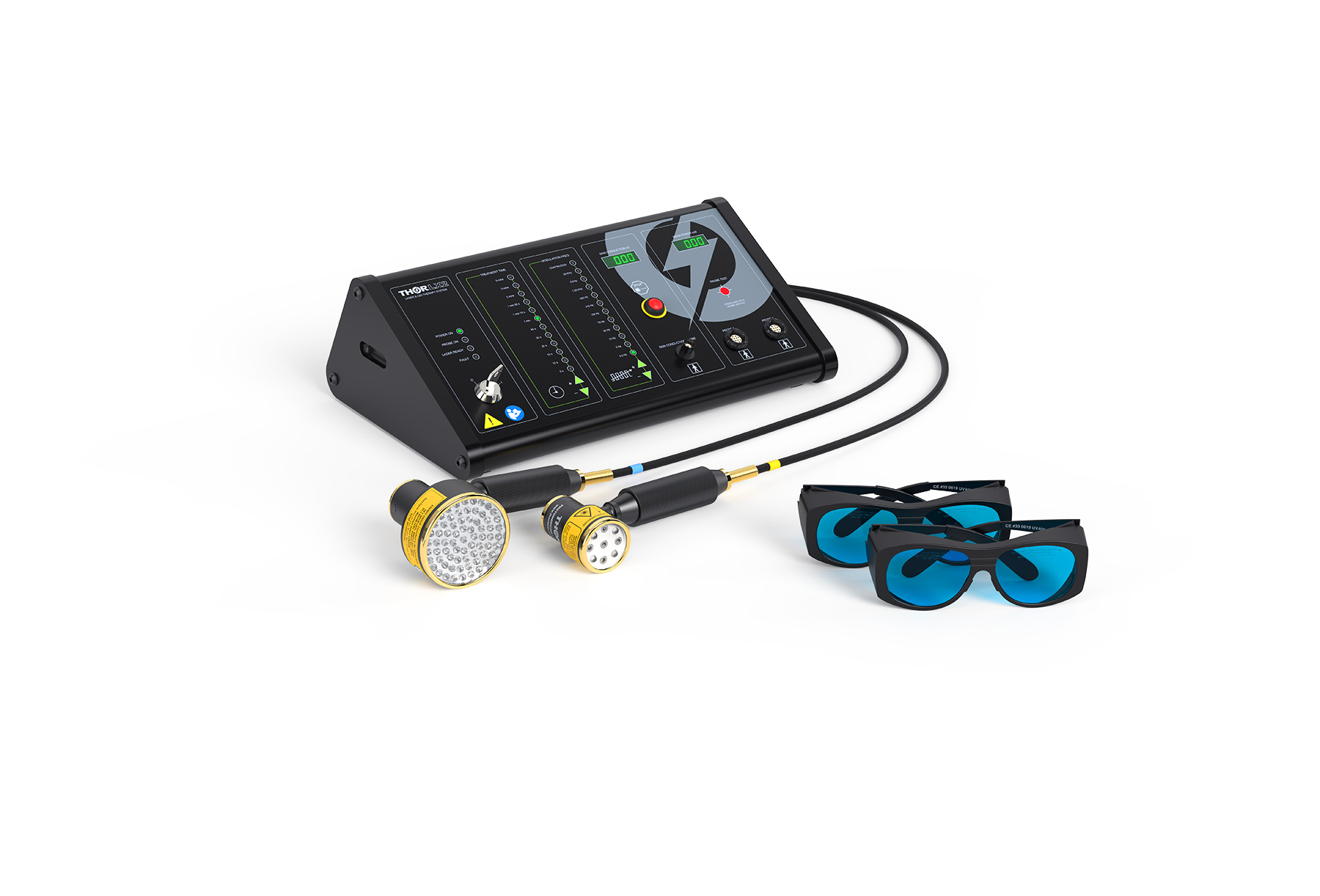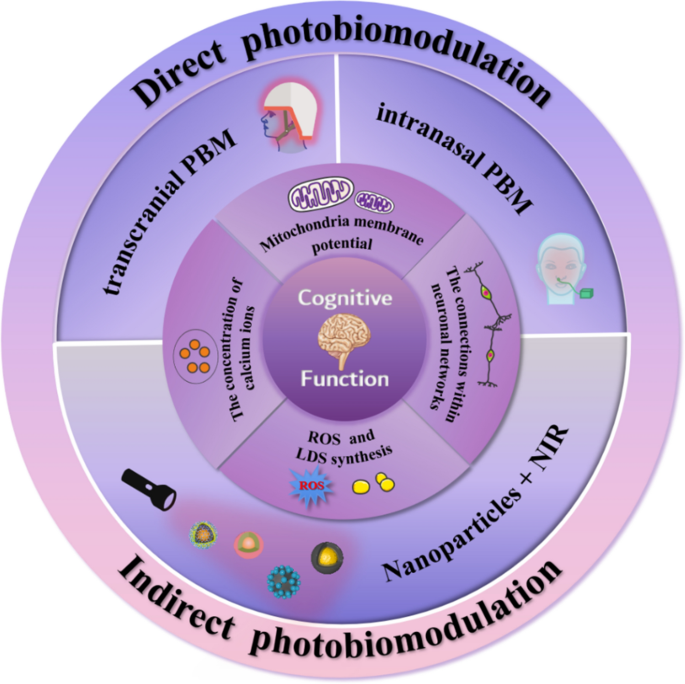Get This Report on Photobiomodulation
Wiki Article
Not known Facts About Photobiomodulation
Table of ContentsEverything about PhotobiomodulationThe 6-Second Trick For Photobiomodulation4 Simple Techniques For PhotobiomodulationPhotobiomodulation for Dummies
Laser therapy is a clinical treatment that uses focused light to promote a procedure called. During PBM, photons get in the tissue and connect with the cytochrome c complicated within mitochondria. This communication sets off an organic cascade of events that results in a rise in cellular metabolic rate, which can in addition to increase the healing process.There is agreement that the application of a therapeutic dosage of light to impaired or inefficient cells leads to a cellular feedback mediated by mitochondrial mechanisms. Photobiomodulation. Researches have actually shown that these modifications can influence pain and swelling, along with, tissue fixing
Changes in ATP, reactive oxygen varieties and nitric oxide comply with light absorption by Cc, O. These effects are redox state and dosage reliant. In hypoxic or otherwise stressed cells it has been shown often times that complying with, nitric oxide is released, ATP is increased and oxidative stress and anxiety is lowered [27-31]

Photobiomodulation - Questions
PBM devices have been removed for advertising and marketing by FDA through the Premarket Notification/510( k) procedure as adjunctive gadgets for the temporary alleviation of pain. These clearances were based on the presentation of medical information to support such insurance claims (Photobiomodulation). In this treatment, a light source is placed near or in call with the skin, enabling the light power (photons) to penetrate cells where it engages with chromophores located in cells resulting in photophysical and photochemical adjustments that result in alterations at the molecular, cellular and cells levels of the bodySurprisingly, recent study suggests that light can boost performance in typical cells and cells. The possible applications of PBMT are numerous and are being discovered experimentally at the standard scientific research, pre-clinical and clinical degree. The present scientific usages are for the alleviation of pain and inflammation and the therapy of sports injuries.

The treatment parameters and number of sessions required for PBMT are reliant upon location and cause. PBMT generally his explanation needs more browse around here than one treatment for optimum discomfort relief.
Not known Facts About Photobiomodulation
Therapy parameters for PBMT were initially established making use of cells artificial insemination and in small pet versions. These treatment parameters generally had a reduced irradiance and fluence and worked well for cutaneous applications. When medical professionals began to use PBMT to treat structures that were situated deeper in the body, they used these specifications with adverse outcomes.
We now comprehend that these adverse researches were due to incorrect gadget and treatment criteria for transcutaneous therapy of much deeper structures. Recent developments in laser therapy tools and more research study into the proper does have drastically boosted the outcomes of PBMT. For dealing with deep tissues, the wavelength of light utilized figures out the depth of penetration into a tissue.
It is important that a clinician makes use of the proper wavelength of light and criteria to deal with a condition. One wavelength and one collection of therapy specifications will certainly not be efficient for all problems. Negative side impacts have actually not been reported from the usage of PBMT.
The Buzz on Photobiomodulation
In the initial experiment, Dr. Endre Mester, made use of shaved rats and observing how the laser influenced their ability to grow hair compared to the group that was not getting LLLT. He discovered that the team of computer mice getting LLLT were able to expand their hair click here to read back faster than the group of computer mice that really did not receive LLLT (Hoon C, et al; 2012).This therapy is described this means to set apart the distinction in between the lasers some professions use to cut (eg. Low-level light treatment is pain-free, non-invasive therapy.
LLLT has a biphasic feedback, meaning that lower doses are generally seen to be much more valuable than greater dosages. That being said, doses greater or less than the optimal dose does not impact (Hoon C, et al; 2012). Consequently, it can be challenging to have researches on LLLT with numerous criteria.
Some business incorporated both (LED and laser) to provide an extra all-round treatment considering that lasers can pass through deeper than LED and infrared light (Norman Doidge, The Brain's Means of Healing, 2015). During treatment, the area that is being treated is subjected to LED light from a Bio, Flex Laser, which goes to 660 nm wavelength, complied with by infrared light at 830-840 nm wavelength.
Report this wiki page